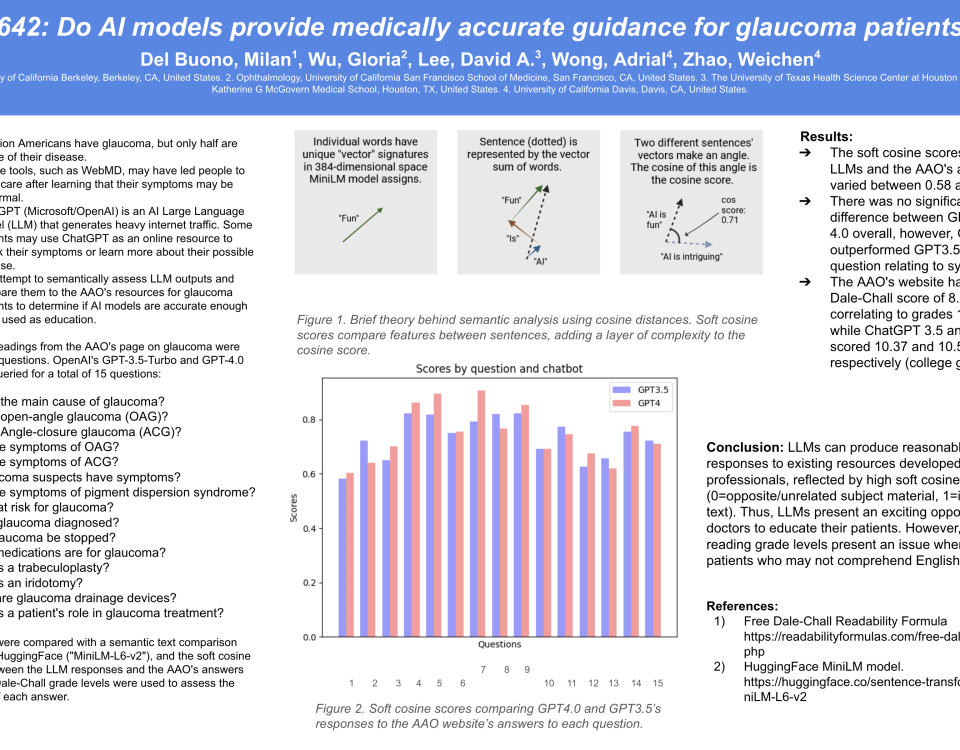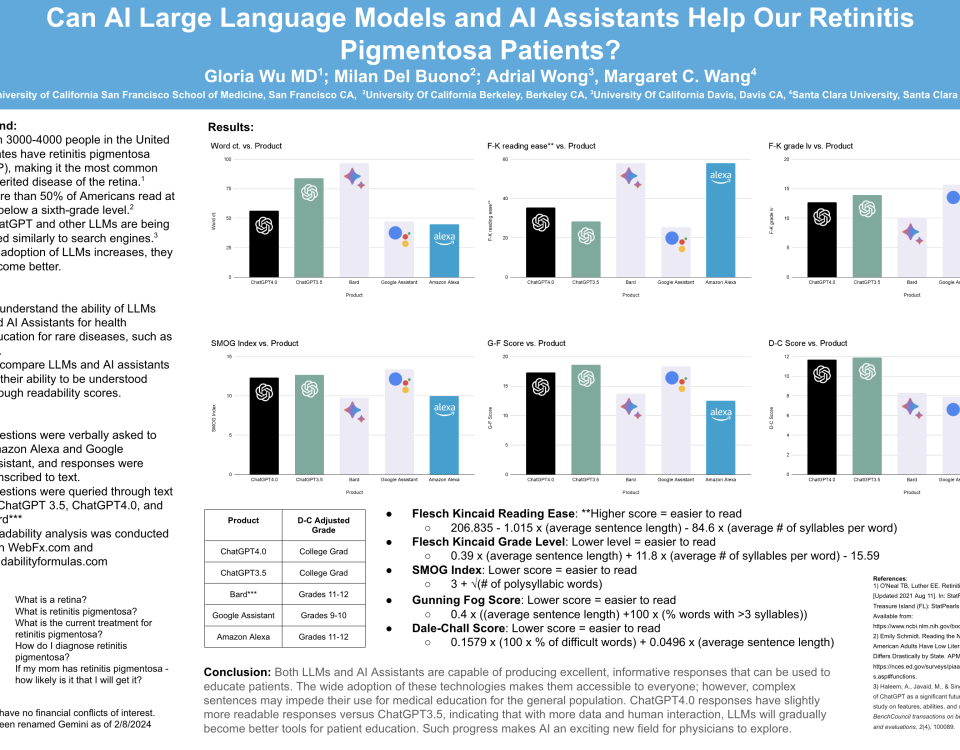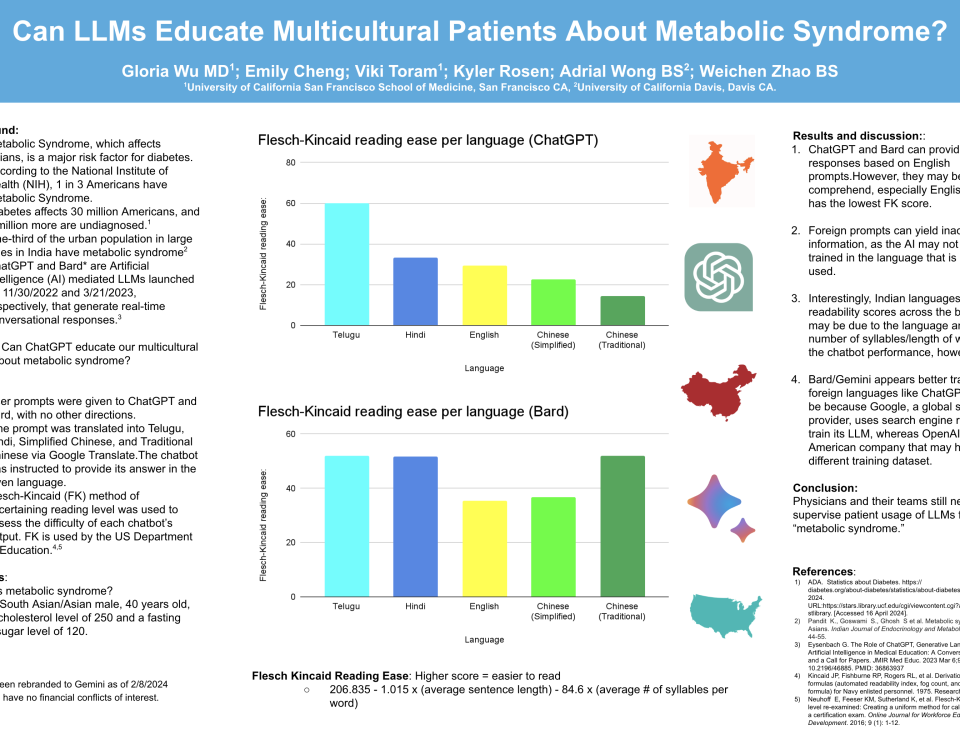Fun Facts About Your Eyes
If you let water get into your eyes while wearing contact lenses, you can have a serious infection. Be careful.
There are female hormone receptors for eyelash growth that are different from the men.
Upper eyelid cosmetic surgery is easier to perform and is safer than lower eyelid cosmetic surgery.
After cataract surgery, your eyesight is brighter, usually within one week of surgery.
Corona virus has been found in tears.
Asian eyelids have an epicanthic fold, a slightly different anatomy than Caucasians.
Colorblindness is on the X chromosome so men are more likely than
women to be colorblind.
In some major cities in China, there is an incidence of 90% of nearsightedness among the children.
Diabetic people can wear soft contact lenses but under the care of an ophthalmologist or optometrist.
The three leading causes of blindness are diabetic retinopathy, glaucoma and age related macular degeneration in the US.
20% of the population have an eye that is not quite round like a sphere, but more oval, this is called astigmatism.
Diabetes can affect the cornea, the outside part of the eye.
Sagging lower eyelids can be due to medication or aging.
You can ruin the special coatings of your eyeglasses if you use alcohol or very strong detergent.
If you sleep overnight in your contact lenses, you can have some serious problems. Be careful.
Reading your phone all day without a break may give you a headache.
Your tears provide antibodies to fight infection.
If the outer third of your eyebrows are falling out, see your doctor. You may have thyroid problems.
You can lose vision when climbing up a high mountain.
Yellow tinted glasses are helpful at 5 pm and 7 am for sports or driving.
Age related macular degeneration occurs usually at age 55: don’t take the eye vitamins unless you have the diagnosis.
The dosage on the bottle may be too strong for you if you are normal.
The dosage on the bottle may be too strong for you if you are normal.
Always sunglasses to protect yourself from UV light even if it is not sunny.
Polarized tinted glasses are helpful in the sun for sports.
Most Caucasian babies have blue eyes at birth.
If traveling abroad, do not wear your contact lens to swim or shower.
Do not share contact lenses.
Nearsightedness is inherited.
Wrinkles around the eyes are aggravated by sun damage.
Artificial tears are helpful for your eyes when the air is hot and dry or extreme cold.
The first inventor of eye surgery instruments was in ancient Persia.
At birth, babies only see black and white.
Hepatitis virus has been found in tears.
Smoking can cause fine wrinkles around the eyes.
In Europe, Asia and Australia, there are eyedrops for nearsightedness.
Rubbing your eyes is not considered good if you are very nearsighted
(myopic) or if you had eye surgery even LASIK.
Certain parasites attack the eye: pork, lamb and beef parasites. So avoid poorly cooked pork, beef and lamb.
Each blink is 400 microseconds.
Diabetes can affect your eyes at the same time it affects your kidneys.
Some people have one eye that is blue and the other eye that is green.
Babies cannot see color until age 6 months.
Your baby’s eye color is lighter at birth than at 6 months.
Thyroid disease can affect your eyes.
Glaucoma, an eye disease, can occur at any age, from birth to old age.
If you see the color red as brighter in one eye than the other, see your eye MD.
African American babies have eyes that darken at 6 months.
Washing your hands is important to fight eye infections.
In the embryo, the eye is formed from the same tissue as the brain.
Jumping on a trampoline as an adult can lead to a retinal problem.
You can have UV protection built in the front and back of your glasses, ask your optician.
After cancer treatments, the eyelashes usually grow back fully.
AIDS has been found in tears.
If your eyelashes are falling out, and you are not taking any medications, see your doctor.
There are now treatments for age related macular degeneration that can return the patient to driving vision.










